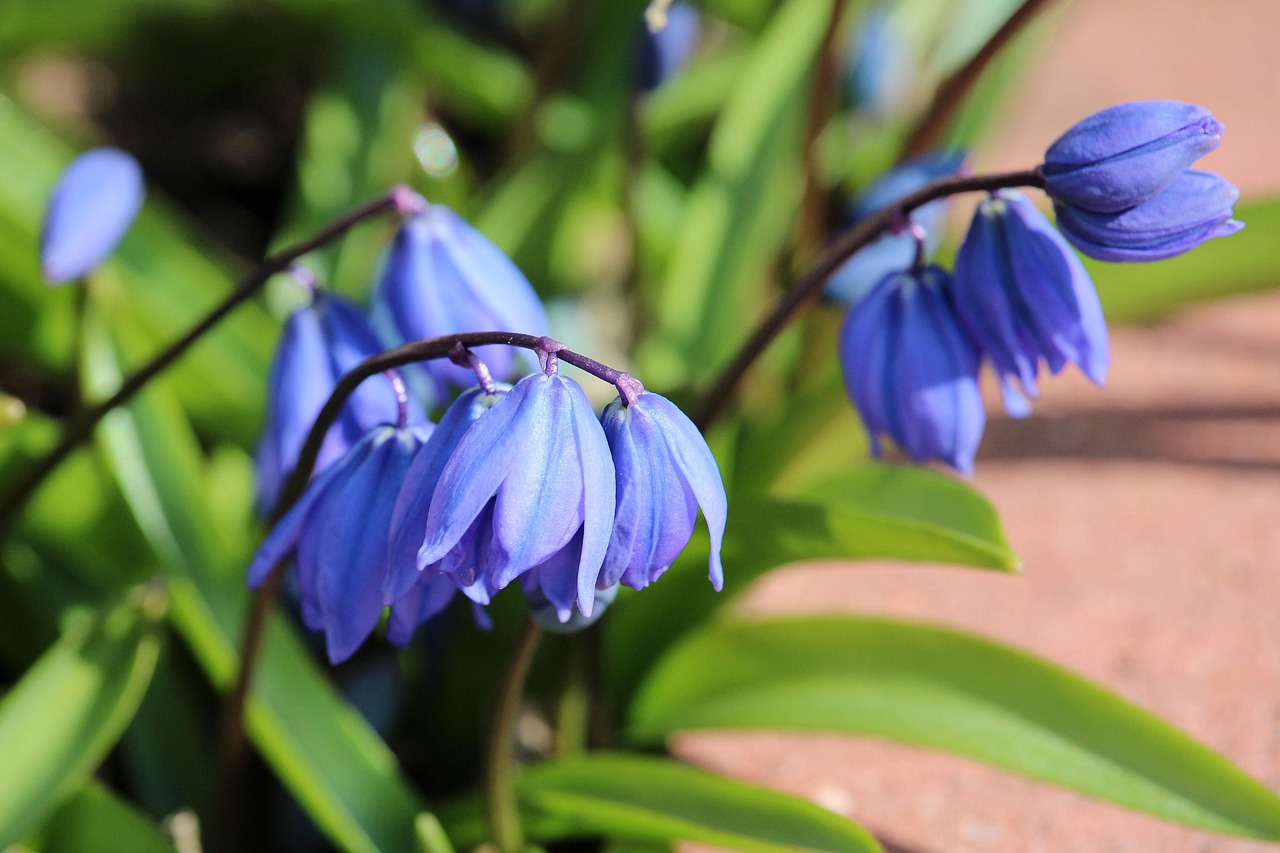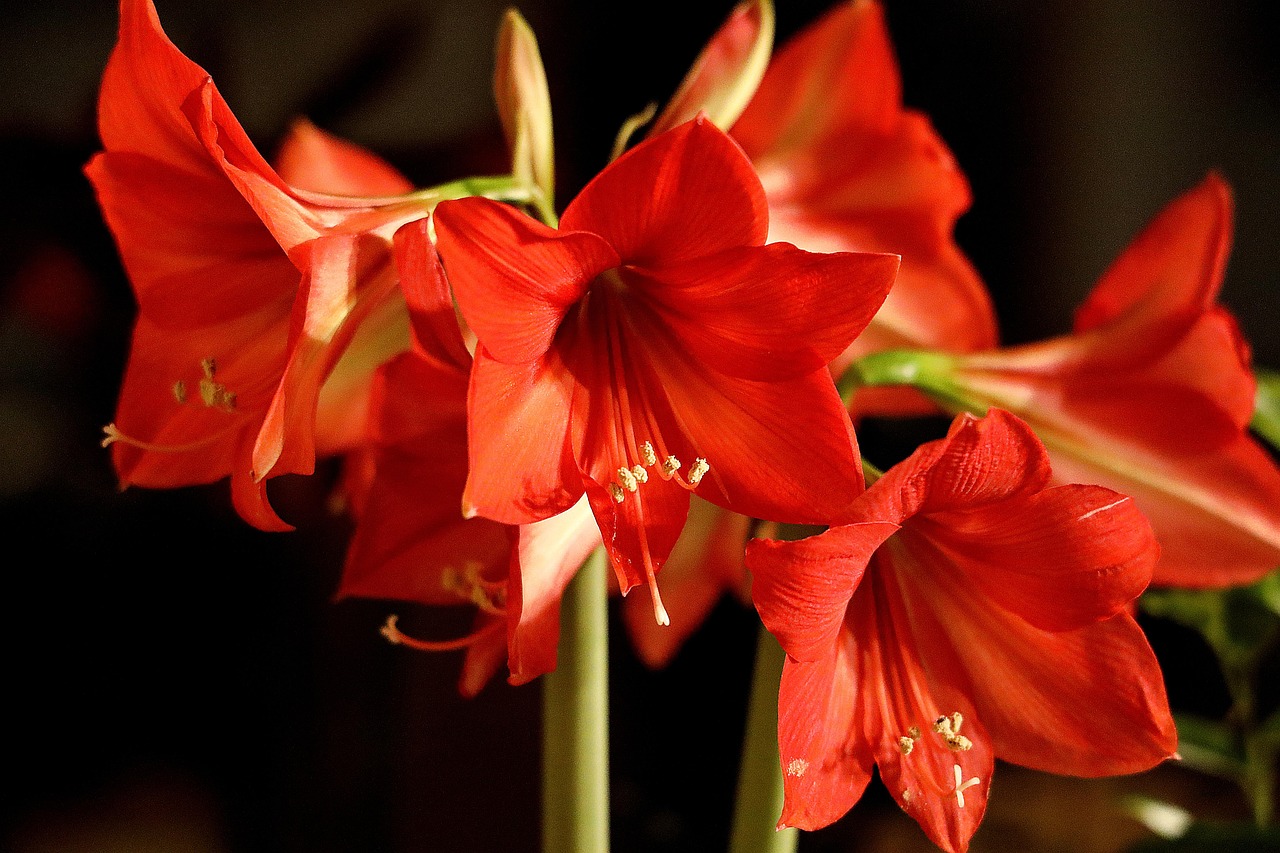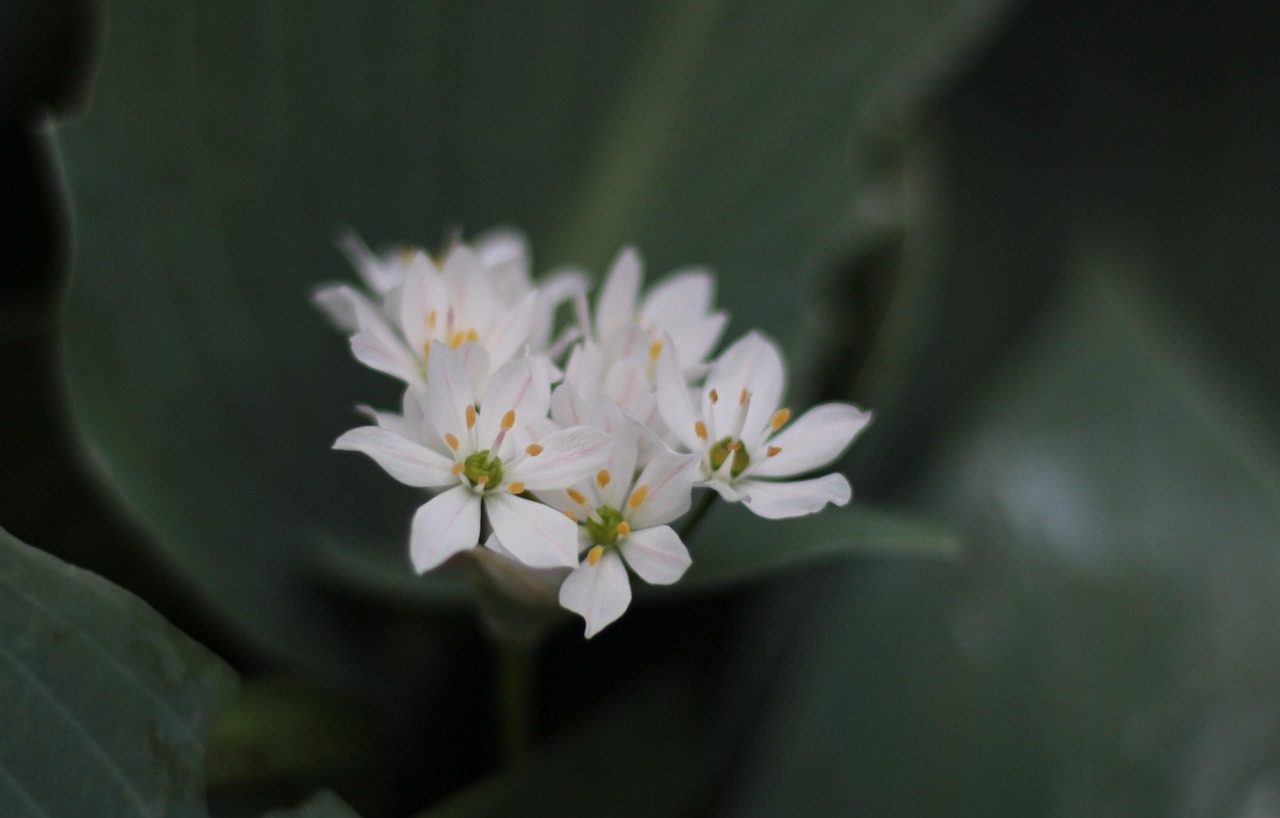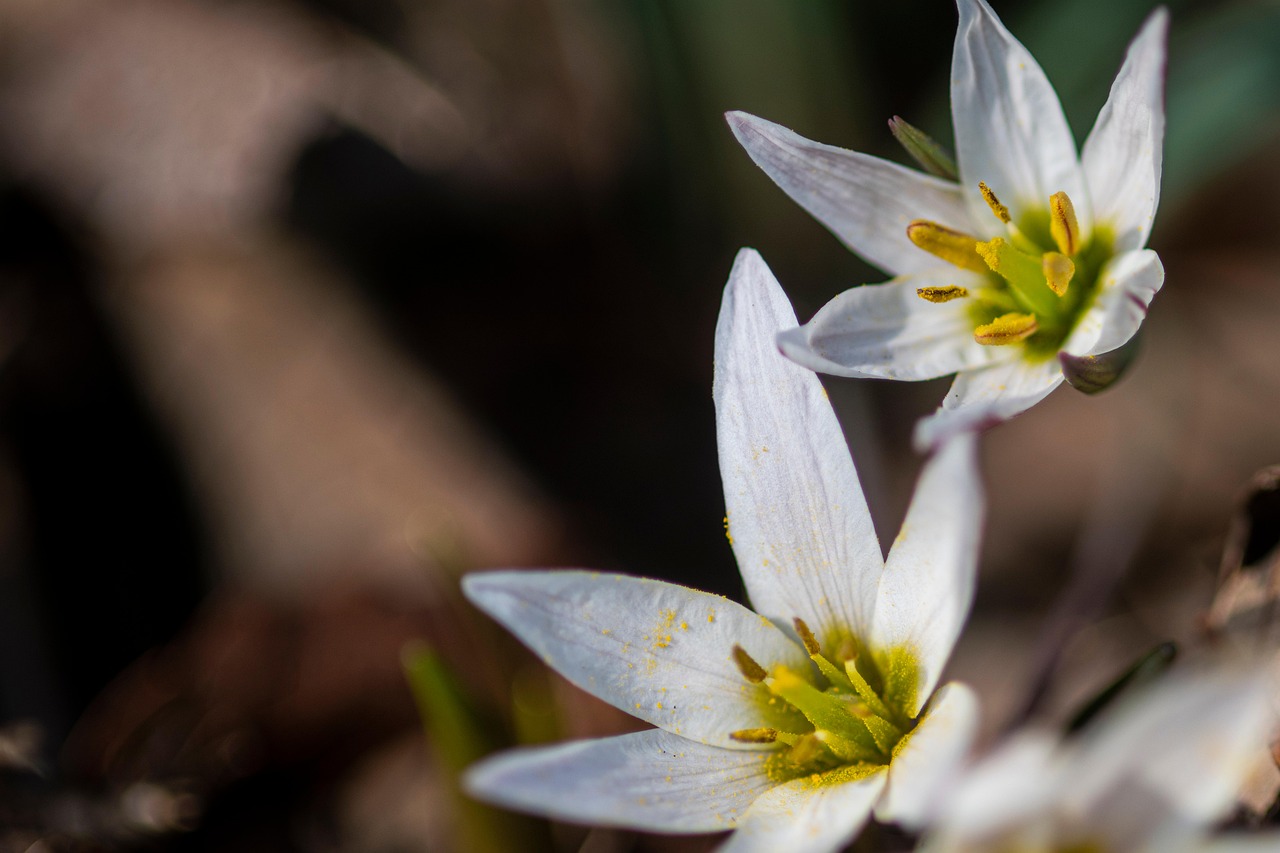Crocus | A Flower at Your Feet That Heralds the Seasons
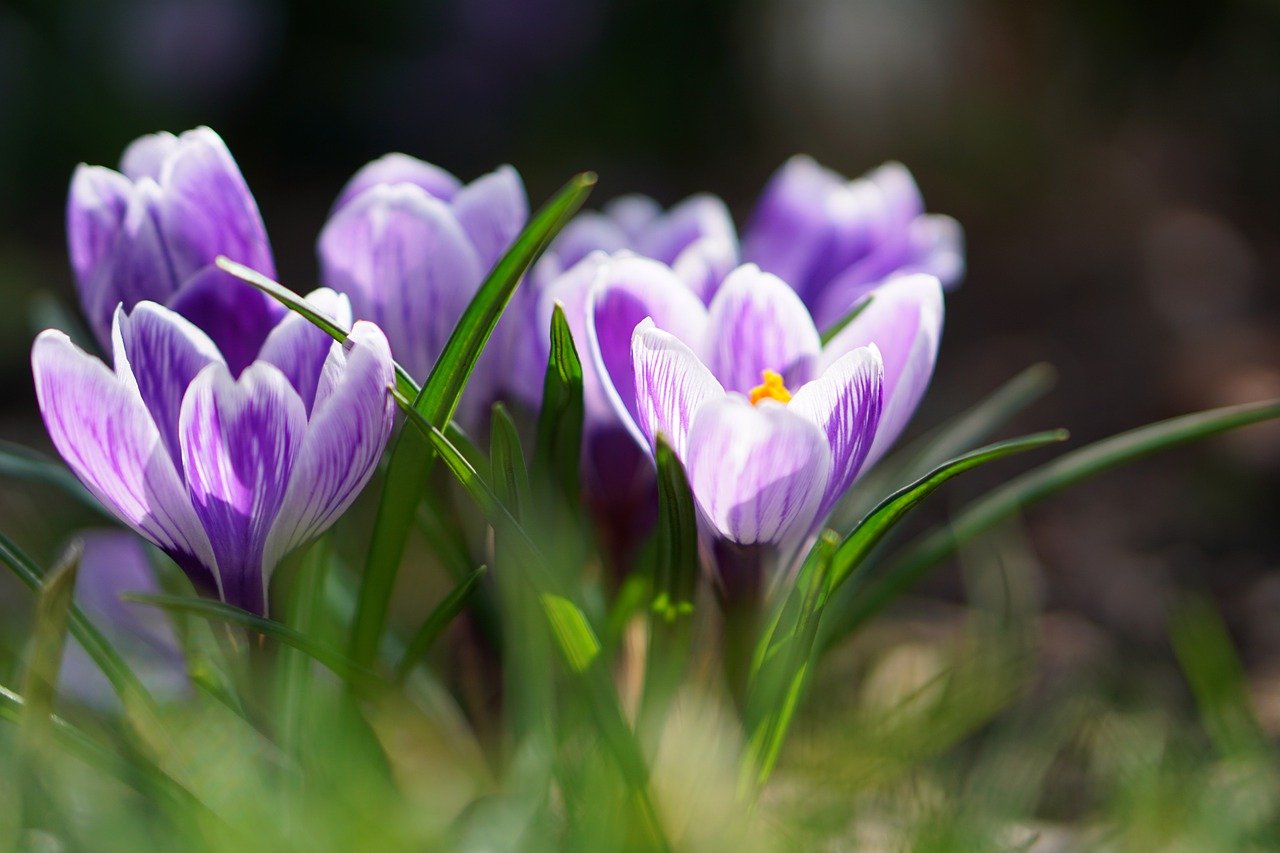
The crocus is cherished as a flower that announces the arrival of early spring. Its small, delicate blossoms begin to bloom around the time of snowmelt, adding vibrant accents of color to gardens.
In this article, I will introduce the crocus in detail, from its basic information and cultural background to essential gardening tips.
Basic Information
- Scientific name: Crocus
- Family: Iridaceae
- Origin: Mediterranean coast, Middle East, Central Asia
- Appearance: Crocuses are low-growing plants with flowers about 3–5 cm in diameter. They come in a wide variety of colors—white, yellow, purple, and blue. The petals are tubular and reveal their vivid hues as they open. The leaves are slender, with a distinctive white stripe running through the center.
- Blooming season: Typically early spring (February–March). As winter ends, crocuses are among the first flowers to brighten the garden.
Cultural Significance Around the World
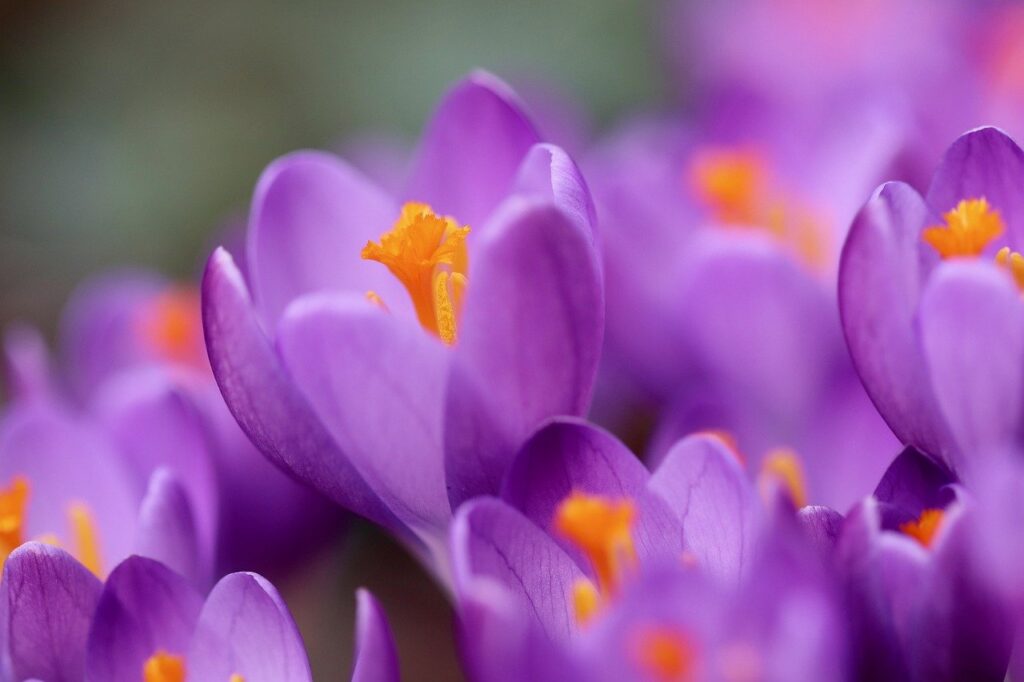
Crocuses have long been regarded in Europe and Asia as symbols of “hope” and “renewal.”
In Europe, the crocus is considered a herald of spring, appearing with the snowmelt and marking the end of the long winter. They are planted in gardens, parks, and even at the bases of street trees, allowing people to feel the arrival of early spring.
Because of their variety of colors, crocuses are often planted in large clusters in places like the United Kingdom and the Netherlands, where “crocus fields” create dazzling displays across entire landscapes.
Historical Episodes
Records show that crocuses were cultivated in ancient Rome and Greece, where they appeared in literature and paintings as symbols of love and sorrow.
In Greek mythology, there is a tale of a young man named Crocus who fell in love with a beautiful woman, but his love was unfulfilled. In grief, he was transformed into a flower. From this story, the crocus has also come to symbolize “youthful sadness” and “eternal love.”
Furthermore, saffron, a precious spice, is derived from a species of crocus. In ancient Egypt and Rome, it was used in rituals and as a luxury dye. Because harvesting saffron requires an enormous number of flowers, the saffron crocus is often called the “golden flower.”
Gardening Advice
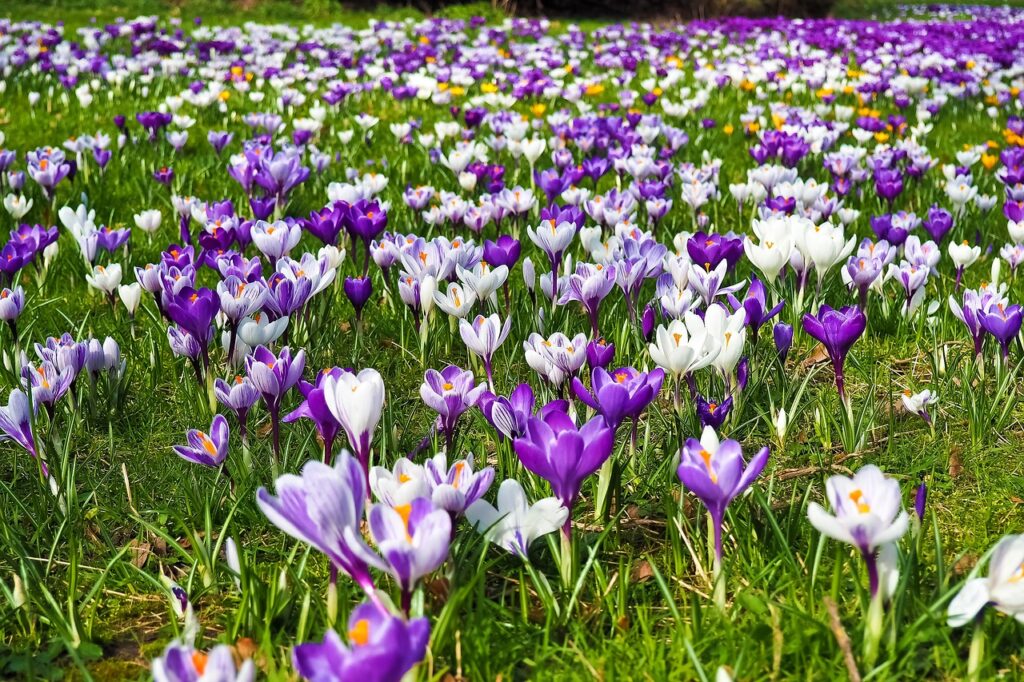
Crocuses thrive in sunny, well-drained soil. The best time to plant them is in autumn (September–October). They sprout in cool climates and establish strong roots during winter.
For outdoor planting, bulbs should be placed 5–8 cm deep and about 5 cm apart, producing a full bloom in early spring. They also grow well in pots, and can be combined with other spring-flowering bulbs for attractive arrangements.
After planting, water thoroughly, then water moderately whenever the soil dries out. During the growing season in spring, applying fertilizer once a month will improve flowering in the next season.
Crocuses are highly cold-resistant and can sprout again after winter, making them easy to grow even in cold regions.
Conclusion
The crocus is a precious flower that brightens gardens from the end of winter into spring. With its simple yet vivid blossoms, it heralds the arrival of the new season.
Why not grow crocuses in your garden or pots, and enjoy their effortless charm?

